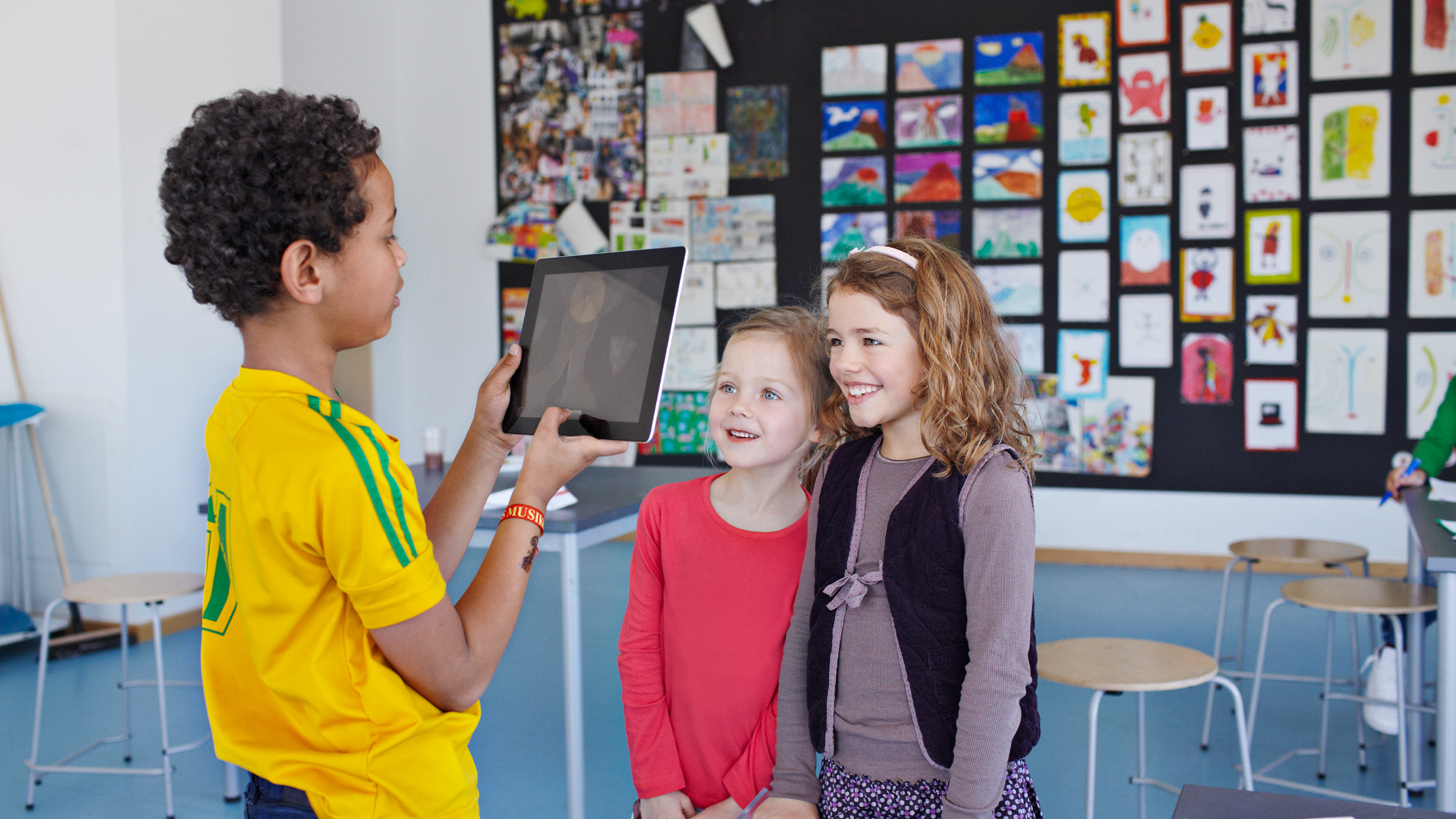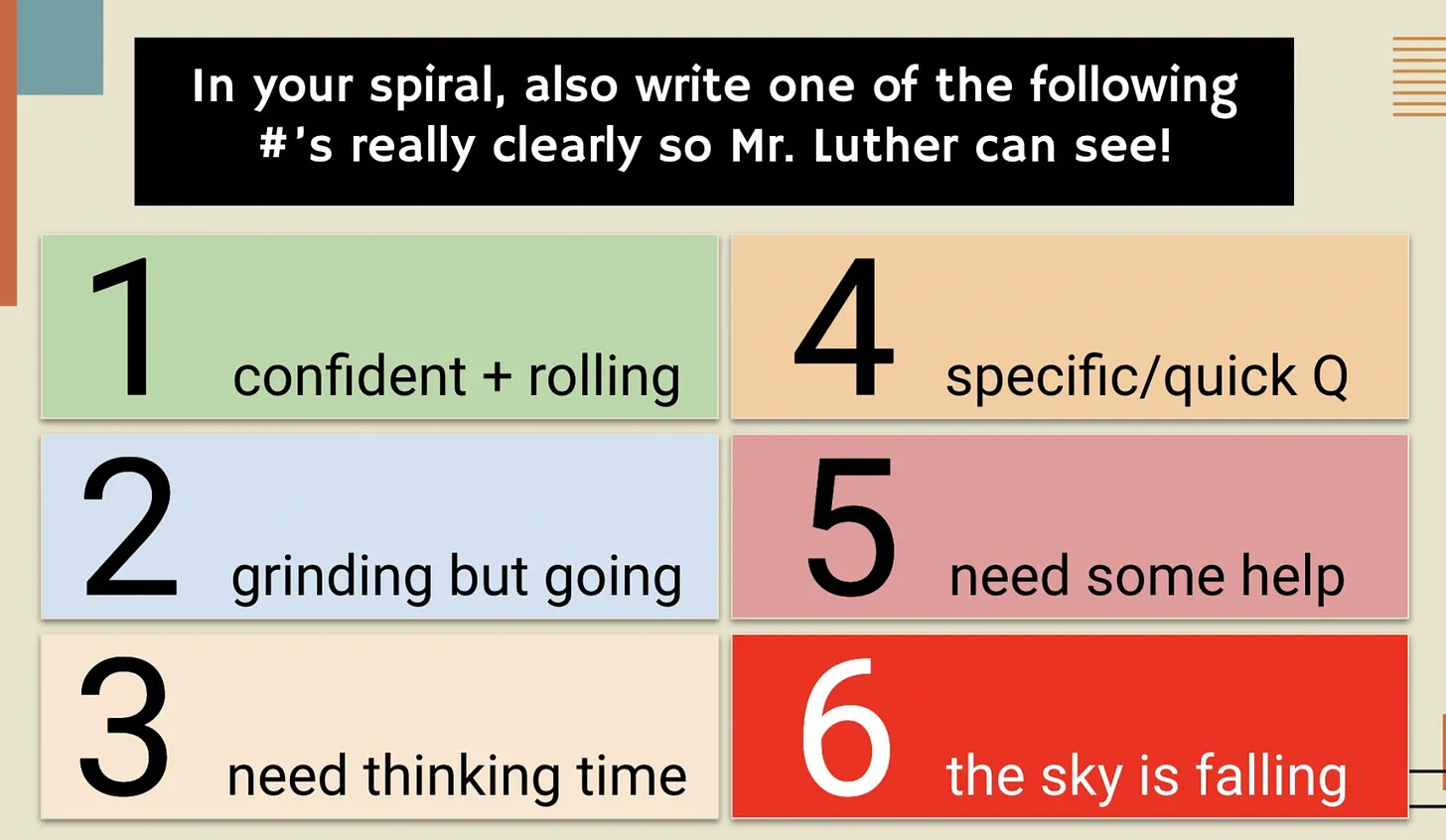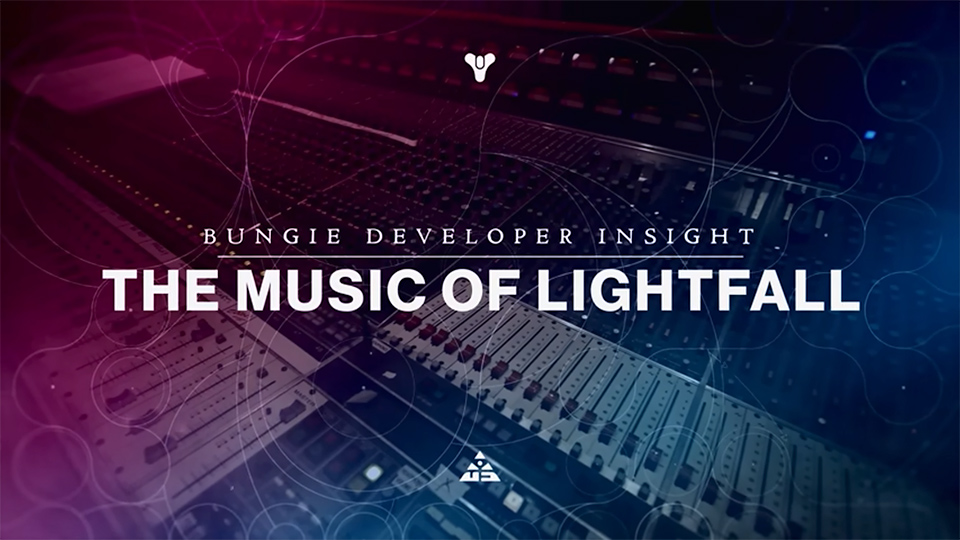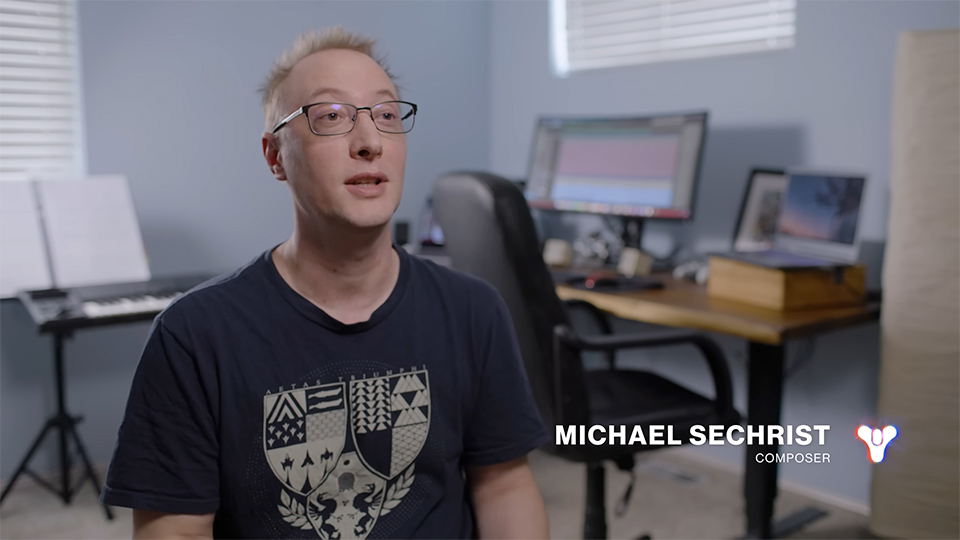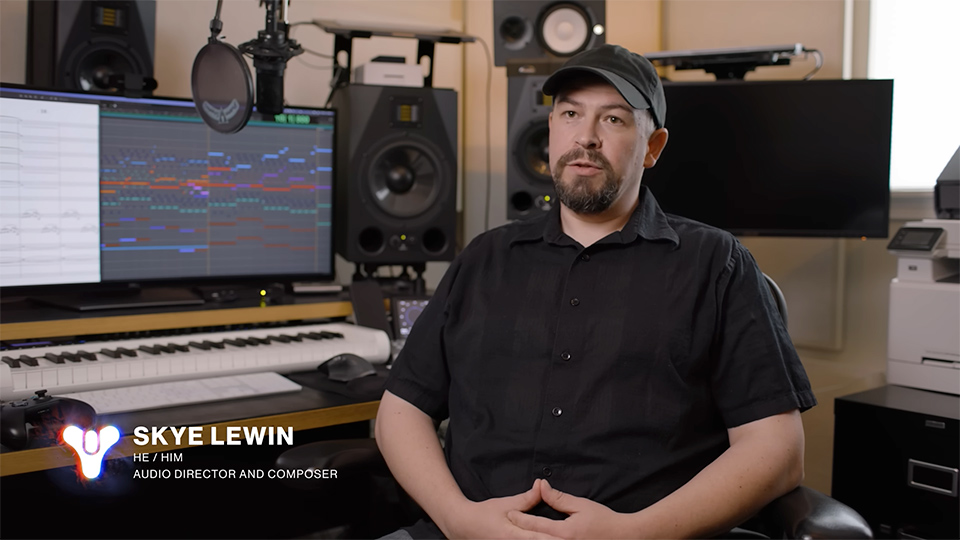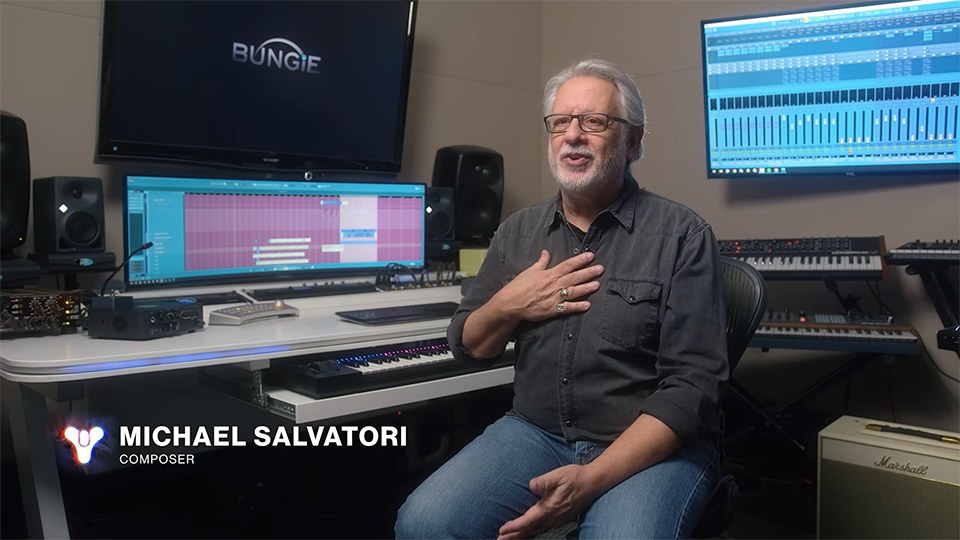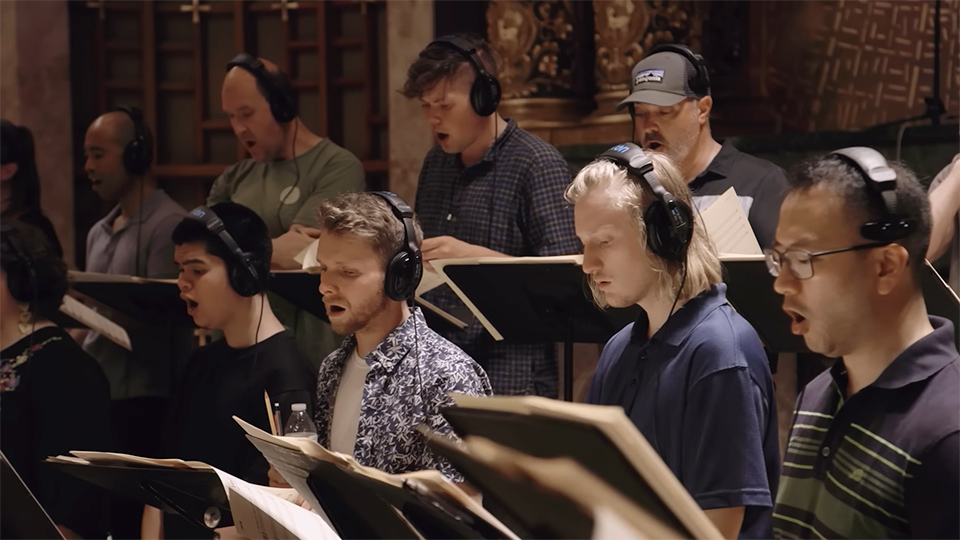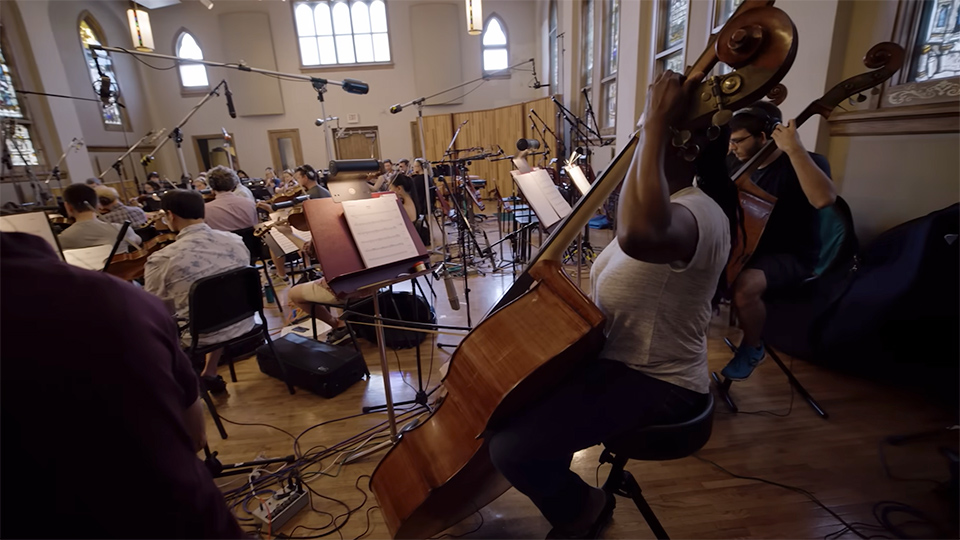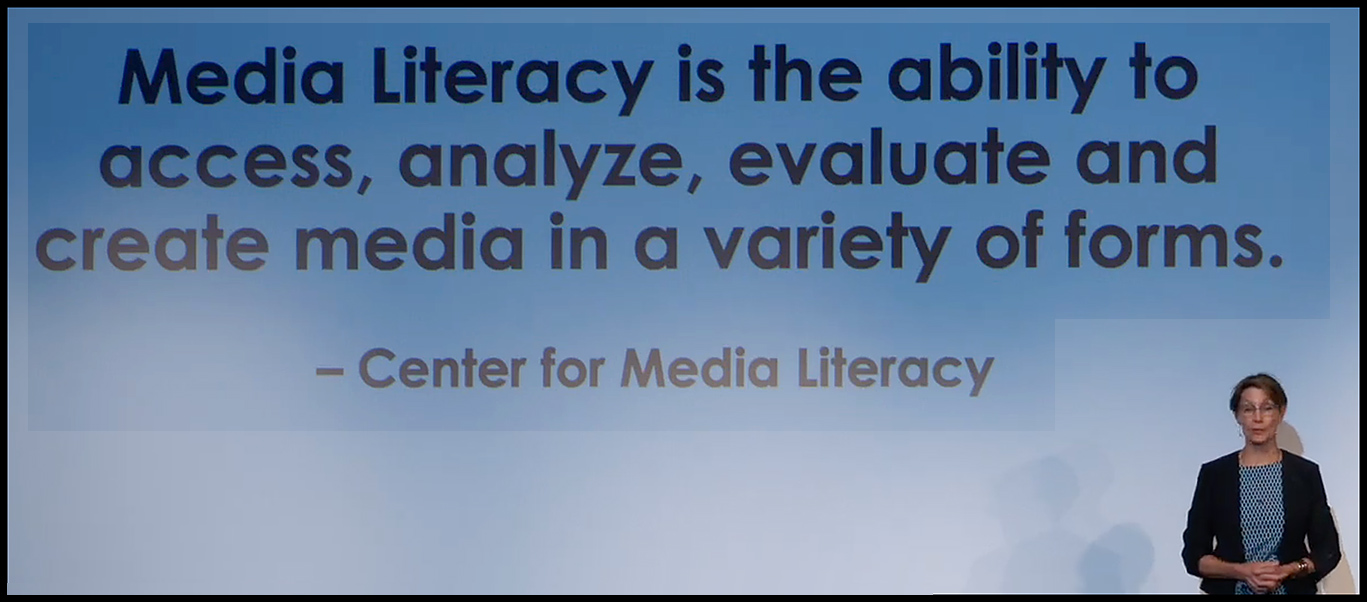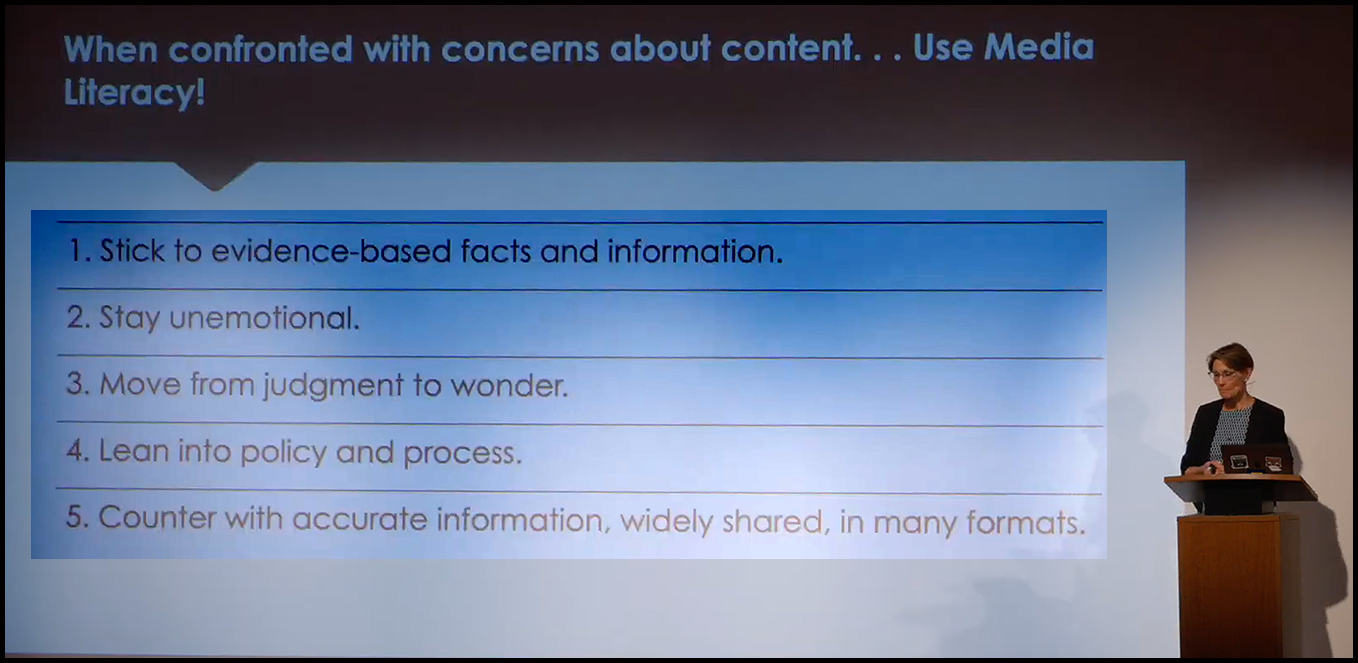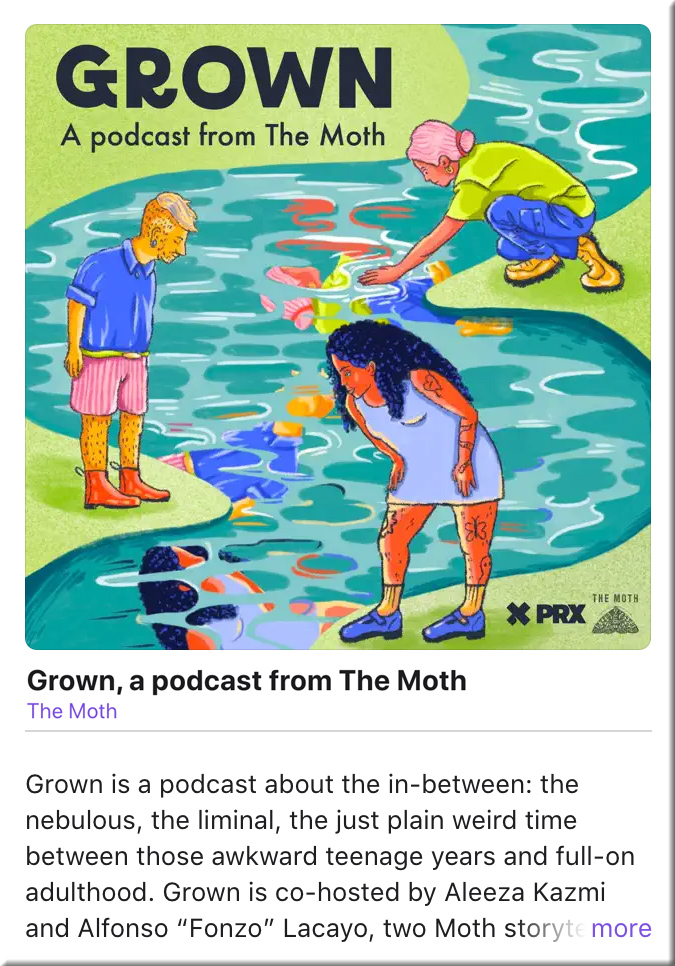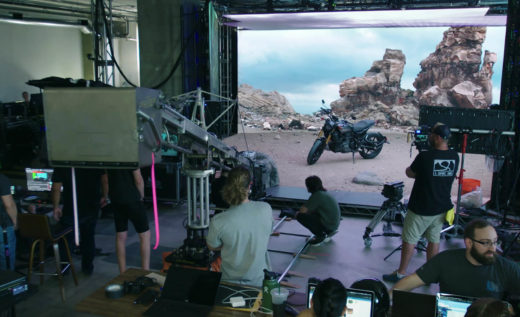The Magic of Storytelling: Lessons from Penn Jillette — from learningguild.com by David Kelly
This fall we’re celebrating 20 Years of DevLearn. As part of that celebration, I’m reflecting on the insights I’ve gained from some of my favorite DevLearn keynote speakers over the years. I kick off this series by revisiting The Magic of Storytelling and Learning from Penn Jillette, from DevLearn 2016.
At the heart of Jillette’s message is the power of storytelling. He demonstrates that, much like a magician’s performance, effective learning experiences are crafted from engaging narratives. These stories, although selectively told, can ethically captivate and teach, making the learning process more impactful. Jillette’s career itself is a story of transformation and adaptation, one that resonates deeply with the ongoing journey of a learning professional.
Also from The Learning Guild, see:
AI’s Fusion with Hands-On Workshops Is Transforming Learning — from learningguild.com by Markus Bernhardt
Complementing these conversational approaches are learning experiences enhanced with AI. I highlighted the fast-growing role of immersive scenarios and simulations, produced in tandem with AI and powered through AI in their delivery.
Moreover, the integration of voice interactions, advanced image processing, and augmented reality (AR) and virtual reality (VR) technologies provides additional tools to enrich learning experiences.
…
The rapid adoption of AI signifies a real shift for our industry, and we are able to see sparks of what is coming our way throughout 2024 and beyond.
Practicing difficult conversations
One of the most compelling applications I’ve seen lies in managerial and leadership training, specifically in navigating complex interpersonal dynamics: practicing difficult conversations. Through interactions with sophisticated avatars capable of mimicking a diverse range of employee personalities and behaviors, learners can engage in realistic scenarios that challenge their communication skills.
Beyond AI: Why Technical Skill Development is Your Next Strategic Advantage — from learningguild.com by Bill Brandon
Table 1. Most Important Transferable Skills 2024–2028
| Transferable Skill | Description |
| Problem-solving | The ability to identify, analyze, and solve complex problems. |
| Critical thinking | The ability to think objectively, analyze information, and form sound judgments. |
| Communication (written & verbal) | The ability to effectively convey ideas and information to others, both in writing and verbally. |
| Collaboration | The ability to work effectively with others to achieve a common goal. |
| Creativity & innovation | The ability to think creatively and come up with new ideas and solutions. |
| Digital literacy & competency | The ability of everyone from CEO to workers to use digital tools and technologies effectively. |
| Data analysis & interpretation | The ability to collect, analyze, and interpret data to draw meaningful conclusions. |
| Self-directed learning & adaptability | The ability to take initiative to learn new things and adapt to change. |
| Time management & organization | The ability to manage time effectively and stay organized. |
| Emotional intelligence & empathy | The ability to understand and manage one’s own emotions, and the emotions of others. |
Also for the L&D world, see:
When Business Is Just a Game — from bloomberg.com by Robb Mandelbaum
Corporate trainer Abilitie uses simulations to teach lessons in management.
When is the high-stakes, high-pressure world of the C-suite just a game? When executives at emerging companies Compuline and Nanotel met on a Wednesday evening in May to manage existing products and roll out new ones, that’s exactly what it was. The “executives” were students in…









